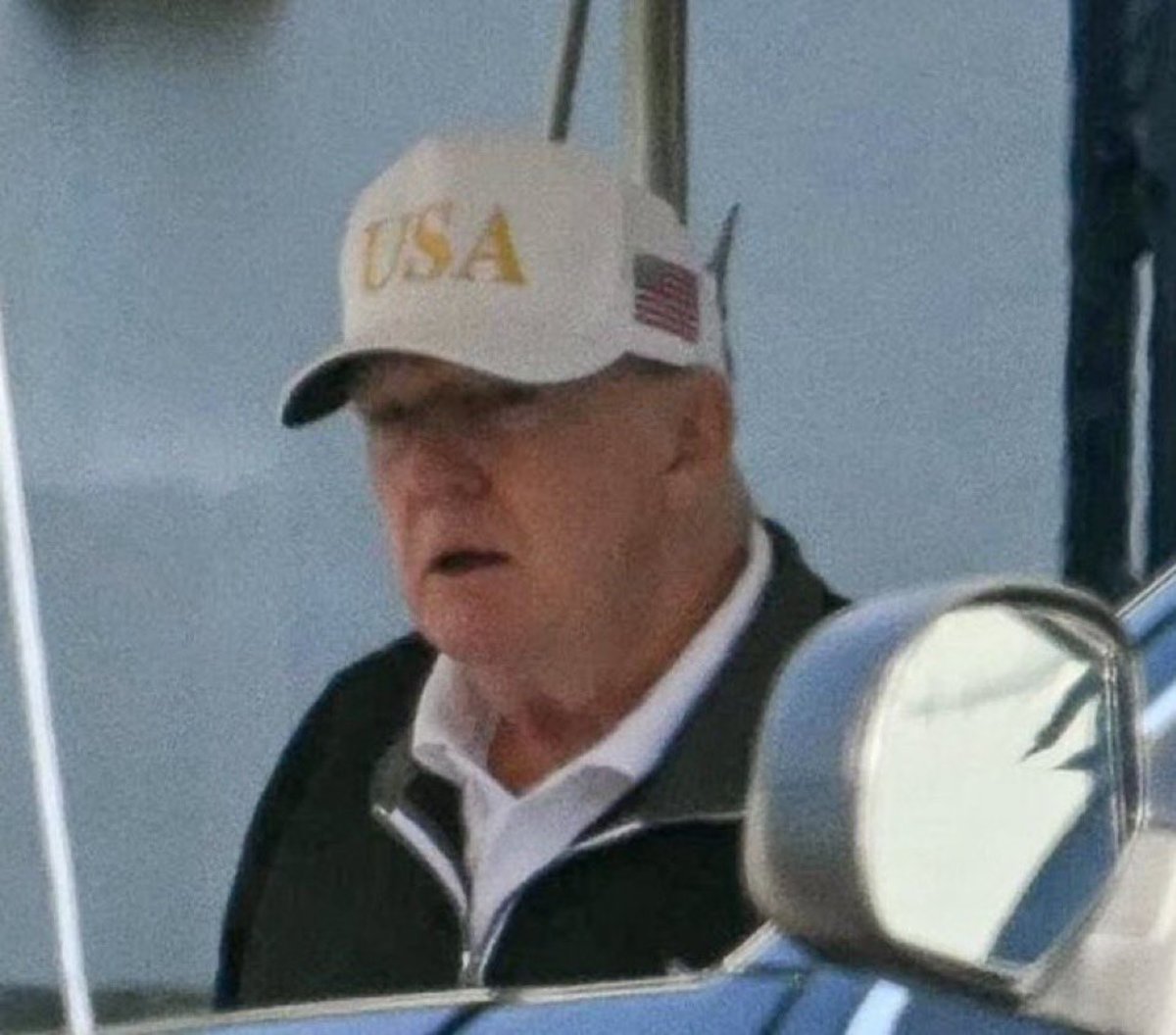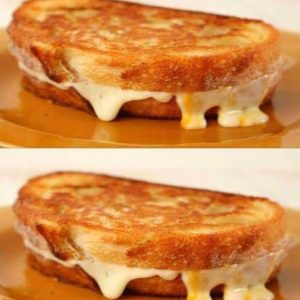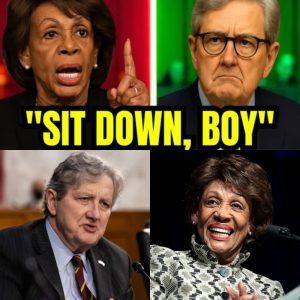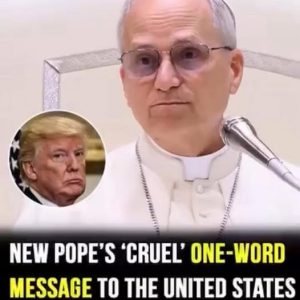Speculation surrounding President Donald Trump’s health reached a fever pitch earlier this September after he briefly disappeared from the public eye. When he reemerged at the Oval Office on September 2, paparazzi photos quickly circulated online, prompting wild theories that the man in the pictures was not Trump at all—or worse, that he had secretly passed away. Social media platforms, particularly X (formerly Twitter), were flooded with comments questioning his appearance. Some users joked that the president had a “stunt double,” while others claimed he looked drastically different or even unwell. The viral conversation reflected the internet’s fascination with celebrity image changes and the tendency to amplify conspiracy narratives without evidence.
This wasn’t the first time such rumors had targeted Trump. Months earlier, photos from a NATO summit in the Netherlands sparked a similar wave of online claims. Observers pointed out that Trump appeared shorter than usual when standing next to other world leaders, fueling the “body double” theory once again. Posts from skeptics circulated widely, with comments suggesting that the man in the images “wasn’t the real Trump.” Jokes about the former president being “in multiple places at once” further added to the spectacle. However, experts quickly noted that visual distortions are common in photographs, particularly when camera angles, footwear, and posture vary—making the conspiracy claims baseless.
The supposed “height discrepancy” at the NATO summit became a key example of how online misinformation spreads. Official health records list Trump at six feet three inches tall and 224 pounds, measurements consistent with his long-standing public disclosures. In the contested photo, Trump appeared next to King Willem-Alexander of the Netherlands, who stands at six foot two, and Turkey’s President Recep Tayyip Erdoğan, who is just over six feet. Given the similar statures of the three men, minor visual differences could easily be explained by perspective or camera positioning rather than any evidence of impersonation. Despite these rational explanations, the theory persisted across social media, amplified by both skeptics and humorists eager to comment.
Trump, never one to shy away from controversy, responded directly to the speculation. Taking to his own social media platform, Truth Social, he posted a characteristically blunt message: “NEVER FELT BETTER IN MY LIFE. Also, DC IS A CRIME FREE ZONE! President DJT.” The post served a dual purpose—dismissing the health rumors while injecting his signature humor and bravado. His supporters quickly rallied around the message, with one viral comment highlighting what they saw as a media double standard: “Biden disappears for days and the press calls him ‘sharp.’ Trump steps back for 24 hours and it’s a meltdown.” The president’s online rebuttal effectively undercut the conspiracy theory while energizing his base, turning the situation into yet another example of Trump’s combative relationship with the media.
Vice President JD Vance added further weight to the rebuttal during an interview with USA Today, directly addressing Trump’s physical and mental condition. Vance assured the public that the president was in “incredibly good health,” describing him as tireless and full of energy. “He’s the last one to go to bed, the first one to wake up, and he’s making calls before anyone else,” Vance said. While acknowledging the importance of being prepared for any potential health crisis, Vance dismissed the current rumors as unfounded, emphasizing Trump’s relentless work ethic and stamina. His remarks echoed what insiders and supporters have often claimed—that Trump’s vigor and energy remain central to his political identity.
In the end, the uproar over Trump’s health and alleged “body double” underscored a broader pattern in the digital age: how misinformation and visual speculation can quickly spiral into viral narratives. Despite the online frenzy, the reality appears far more mundane—Trump is alive, active, and continuing his usual political and public engagements. His swift and confident response, coupled with reassurances from his vice president, largely quelled the rumors. The incident serves as a reminder of how easily perception can be manipulated online and how public figures like Trump continue to navigate the blurred boundaries between image, rumor, and truth in the social media era.






